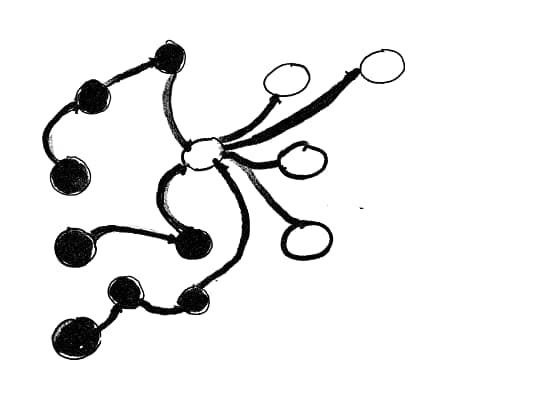Where Good Ideas Come from: The Natural History of Innovation
Have you ever heard with half an ear how Leibniz and Newton discovered calculus around the same time? That the same happened for Oxygen? The light bulb? The telephone? Jet engine? Even the transistor? Imagine a place where each door leads to a room with more doors. That’s scientific exploration. Movable type, paper, ink, and the wine press had each opened doors, and Gutenberg found himself in a place to invent the printing press. If he hadn’t done it, someone else would. Throughout history, this has happened 1,000s of times. Johnson, quoting Kauffman, calls the space of what’s possible given the doors we now have opened the ‘adjacent possible.’ This can be a simultaneous encouraging and depressing thought… is everything then inevitable?

The adjacent possible gives us a nice way to think about timing. Something that’s “too early” is something that’s leaping too many generations into the adjacent possible (there’s also an aspect of maturity involved). Bell invented the picture-phone in the 70s, but it was just not worth it to have a phone-booth size thing in your home. Many attempted massive multi-player online games in the 90s, but home bandwidth, latency, etc. wasn’t ready. Of course, it’s possible to push through many generations of the adjacent possible rapidly: Manhatten Project, Apollo, Micro-processors, etc.
This by far was the most interesting aspect of the book to me, but it’s riddled with good observations by someone who’s clearly devoured many pages on scientific history, leaned back, and written this book as a discourse on the big picture. The adjacent possible is just one chapter I’ve chosen to highlight of many on other patterns in the history of innovation.